Home>Construction & Tools>Electrical and Plumbing Systems>What Size Breaker For EV Charger
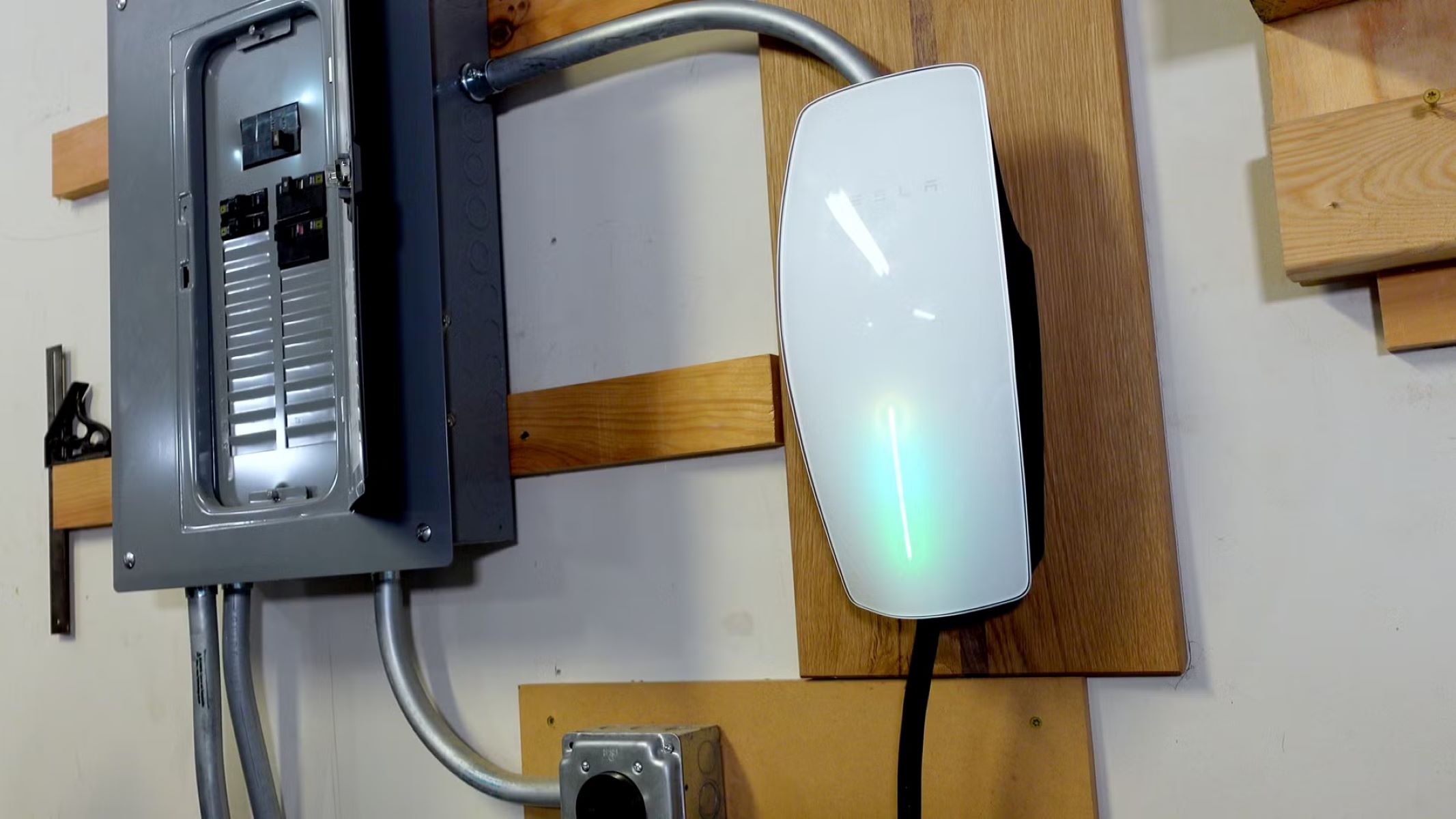

Electrical and Plumbing Systems
What Size Breaker For EV Charger
Modified: January 9, 2024
Find the right size breaker for your EV charger installation with our expert guide. Get tips on electrical and plumbing systems for a seamless setup.
(Many of the links in this article redirect to a specific reviewed product. Your purchase of these products through affiliate links helps to generate commission for Storables.com, at no extra cost. Learn more)
Introduction
Electric vehicles (EVs) have revolutionized the way we think about transportation, offering a sustainable and eco-friendly alternative to traditional gasoline-powered cars. As more individuals and businesses embrace the benefits of EVs, the demand for electric vehicle charging stations continues to grow. When installing an EV charging station, it's crucial to consider the electrical requirements, including the size of the breaker needed to power the charger efficiently and safely.
Understanding the appropriate breaker size for an EV charger is essential for ensuring optimal performance and preventing electrical hazards. In this comprehensive guide, we will delve into the factors that influence breaker sizing for EV chargers, explore the calculations involved, and highlight common breaker sizes for various types of EV chargers. Whether you are a homeowner looking to install a residential EV charging station or a business owner considering the implementation of commercial charging infrastructure, this article will equip you with the knowledge needed to make informed decisions regarding breaker sizing for EV chargers.
Join us as we unravel the intricacies of breaker sizing for EV chargers, empowering you to navigate the electrical requirements of these innovative and environmentally conscious charging solutions.
Key Takeaways:
- Selecting the right breaker size for EV chargers is crucial for safety and efficiency, ensuring optimal charging performance while preventing electrical hazards.
- Factors such as charging station specifications, electrical panel capacity, and adherence to regulations play a key role in determining the appropriate breaker size for EV chargers.
Read more: What Size Wire For EV Charger
Understanding EV Charger Breaker Sizing
Breaker sizing for EV chargers involves determining the appropriate amperage rating for the circuit breaker that will supply power to the charging station. The breaker serves as a crucial safety device, protecting the electrical circuit from overcurrent and potential fire hazards. When it comes to EV charger installations, selecting the correct breaker size is paramount for ensuring the safety of the charging system and the surrounding electrical infrastructure.
The amperage rating of the breaker directly influences the charging speed and efficiency of the EV charger. A higher amperage rating allows for faster charging, making it essential to align the breaker size with the charging station’s specifications and the capacity of the electrical panel. It is important to note that breaker sizing for EV chargers is not a one-size-fits-all approach, as various factors come into play when determining the optimal amperage rating.
Furthermore, the National Electrical Code (NEC) and local regulations provide guidelines for breaker sizing, emphasizing the importance of compliance with safety standards and electrical codes. Understanding the principles of breaker sizing for EV chargers is essential for both residential and commercial installations, as it ensures the safe and efficient operation of the charging infrastructure while adhering to electrical codes and regulations.
By comprehending the nuances of EV charger breaker sizing, individuals and businesses can make informed decisions when planning and executing the installation of electric vehicle charging stations. This knowledge empowers stakeholders to create reliable and high-performing charging solutions that meet the demands of EV owners while prioritizing electrical safety and compliance with industry standards.
Factors to Consider for Breaker Sizing
When determining the appropriate breaker size for an EV charger, several crucial factors must be taken into account to ensure the safe and efficient operation of the charging system. Understanding these factors is essential for making informed decisions during the planning and installation of electric vehicle charging infrastructure.
- Charging Station Specifications: The specifications of the EV charging station, including its maximum amperage capacity and voltage requirements, play a pivotal role in determining the breaker size. It is imperative to align the breaker’s amperage rating with the charging station’s specifications to facilitate optimal charging performance.
- Electrical Panel Capacity: Assessing the capacity of the existing electrical panel is crucial, as it dictates the maximum amperage that can be accommodated for the new circuit supplying power to the EV charger. Upgrading the electrical panel may be necessary to support higher amperage ratings for the charging infrastructure.
- Wire Size and Material: The gauge and material of the wiring used in the circuit connecting the breaker to the EV charger are essential considerations. Proper wire sizing and material selection are critical for minimizing voltage drop and ensuring the safe and efficient transmission of electrical power to the charging station.
- NEC and Local Regulations: Adhering to the guidelines outlined in the National Electrical Code (NEC) and local electrical regulations is imperative for compliance and safety. These regulations provide specific requirements for breaker sizing and electrical installations, emphasizing the importance of following industry standards and codes.
- Future Expansion: Anticipating future expansion of the charging infrastructure is a prudent consideration when sizing the breaker for an EV charger. Planning for potential upgrades and additional charging stations ensures scalability and flexibility in accommodating the evolving needs of electric vehicle owners.
By carefully evaluating these factors, individuals and businesses can make informed decisions regarding breaker sizing for EV chargers, ultimately fostering the safe, efficient, and compliant installation of electric vehicle charging infrastructure. Taking a comprehensive approach to assessing these considerations ensures that the charging system is tailored to meet the specific requirements of the EV charging station while prioritizing electrical safety and performance.
When determining the size of the breaker for an EV charger, you should consider the charger’s maximum output and the wiring capacity. Most EV chargers require a 40-50 amp breaker, but it’s important to consult a qualified electrician for a proper assessment.
Calculating Breaker Size for EV Charger
Calculating the appropriate breaker size for an EV charger involves a systematic approach that considers the electrical specifications of the charging station, the capacity of the electrical panel, and the requirements outlined in electrical codes and regulations. By following a structured calculation process, individuals and electricians can determine the optimal amperage rating for the circuit breaker, ensuring the safe and efficient operation of the EV charging infrastructure.
The following steps outline the essential considerations and calculations involved in determining the breaker size for an EV charger:
- Charging Station Specifications: Begin by reviewing the manufacturer’s specifications for the EV charging station, identifying the maximum amperage capacity and voltage requirements. These specifications serve as the foundation for calculating the breaker size and must align with the electrical panel’s capacity.
- Load Calculation: Conduct a load calculation to assess the total electrical load that will be connected to the circuit supplying power to the EV charger. This includes considering other electrical loads present in the area where the charger will be installed, ensuring that the circuit can accommodate the combined loads without overloading.
- NEC Guidelines: Refer to the National Electrical Code (NEC) and local electrical regulations to understand the specific requirements for breaker sizing and electrical installations. Adhering to the guidelines outlined in the NEC ensures compliance with industry standards and safety protocols.
- Voltage Drop Consideration: Evaluate the voltage drop across the circuit to ensure that the electrical power reaching the EV charger remains within the acceptable limits. Proper wire sizing and material selection are essential for minimizing voltage drop and optimizing the charging system’s performance.
- Panel Capacity: Assess the capacity of the existing electrical panel to determine if it can support the amperage rating required for the EV charger. Upgrading the electrical panel may be necessary to accommodate higher amperage ratings and ensure the safe and efficient operation of the charging infrastructure.
By meticulously following these calculation steps and considering the aforementioned factors, individuals and professionals can accurately determine the breaker size needed for an EV charger. This methodical approach ensures that the electrical infrastructure supporting the charging station is tailored to meet the specific requirements of the EV charger while prioritizing safety, compliance, and optimal performance.
Common Breaker Sizes for EV Chargers
Electric vehicle (EV) chargers are available in various configurations, each with distinct amperage requirements that dictate the corresponding breaker size. Understanding the common breaker sizes for EV chargers is essential for selecting the appropriate electrical infrastructure to support the charging stations effectively. By familiarizing oneself with these common breaker sizes, individuals and electricians can make informed decisions when planning and installing EV charging infrastructure.
The following are common breaker sizes associated with different types of EV chargers:
- 15-Amp Breaker: Some residential EV chargers, particularly those with lower power requirements, may be compatible with a 15-amp breaker. These chargers typically offer slower charging speeds and are suitable for homeowners with basic charging needs.
- 20-Amp Breaker: Residential EV chargers with moderate power requirements often utilize a 20-amp breaker. These chargers provide faster charging compared to 15-amp options and are suitable for homeowners seeking a balance between charging speed and electrical capacity.
- 30-Amp Breaker: Many residential and light commercial EV chargers with higher power demands necessitate a 30-amp breaker. These chargers deliver accelerated charging rates, making them ideal for homeowners and businesses requiring efficient charging solutions.
- 40-Amp Breaker: Commercial and high-power residential EV chargers often require a 40-amp breaker to accommodate their substantial charging capacities. These chargers offer rapid charging capabilities, catering to the needs of electric vehicle owners seeking expedited charging times.
- 50-Amp Breaker: High-powered commercial and industrial EV chargers may mandate a 50-amp breaker to support their extensive charging capabilities. These chargers are designed for demanding charging scenarios, such as fleet charging and high-traffic public charging stations.
It is important to note that the specific amperage requirements for EV chargers may vary based on the manufacturer’s specifications and the charging station’s capabilities. Additionally, commercial and industrial charging infrastructure may feature custom or higher amperage ratings to accommodate specialized charging needs.
By recognizing the common breaker sizes associated with different types of EV chargers, stakeholders can effectively plan and implement the electrical infrastructure needed to support electric vehicle charging stations. This understanding enables informed decision-making when selecting the appropriate breaker size for residential, commercial, and industrial EV charging solutions, ultimately contributing to the safe, efficient, and reliable operation of the charging infrastructure.
Read more: What Is The Fastest EV Charger
Conclusion
As the adoption of electric vehicles (EVs) continues to rise, the installation of electric vehicle charging stations becomes increasingly prevalent in residential, commercial, and public settings. Selecting the appropriate breaker size for EV chargers is a critical aspect of the installation process, as it directly impacts the safety, performance, and efficiency of the charging infrastructure. By gaining a comprehensive understanding of EV charger breaker sizing, individuals and businesses can navigate the electrical requirements of these innovative charging solutions with confidence and proficiency.
From evaluating the charging station’s specifications and conducting load calculations to considering the capacity of the electrical panel and adhering to electrical codes and regulations, the process of determining the optimal breaker size for an EV charger demands careful consideration and meticulous planning. By factoring in these essential elements, stakeholders can ensure that the electrical infrastructure supporting the charging station is tailored to meet the specific requirements of the EV charger while prioritizing safety, compliance, and optimal performance.
Moreover, familiarizing oneself with the common breaker sizes associated with different types of EV chargers provides valuable insights for selecting the appropriate electrical infrastructure to support the charging stations effectively. Whether it’s a residential, commercial, or industrial EV charging solution, understanding the distinct amperage requirements and corresponding breaker sizes empowers individuals and electricians to make informed decisions when planning and installing electric vehicle charging infrastructure.
Ultimately, by integrating the knowledge and considerations outlined in this guide, stakeholders can contribute to the safe, efficient, and reliable operation of EV charging stations, thereby facilitating the widespread adoption of electric vehicles and the advancement of sustainable transportation solutions. As the electric vehicle industry continues to evolve, the informed implementation of EV charger breaker sizing ensures that charging infrastructure is equipped to meet the evolving needs of electric vehicle owners while upholding the highest standards of electrical safety and performance.
With a deep understanding of breaker sizing for EV chargers, individuals and businesses are well-positioned to embrace the future of electric mobility and contribute to the development of robust and reliable electric vehicle charging infrastructure.
Frequently Asked Questions about What Size Breaker For EV Charger
Was this page helpful?
At Storables.com, we guarantee accurate and reliable information. Our content, validated by Expert Board Contributors, is crafted following stringent Editorial Policies. We're committed to providing you with well-researched, expert-backed insights for all your informational needs.
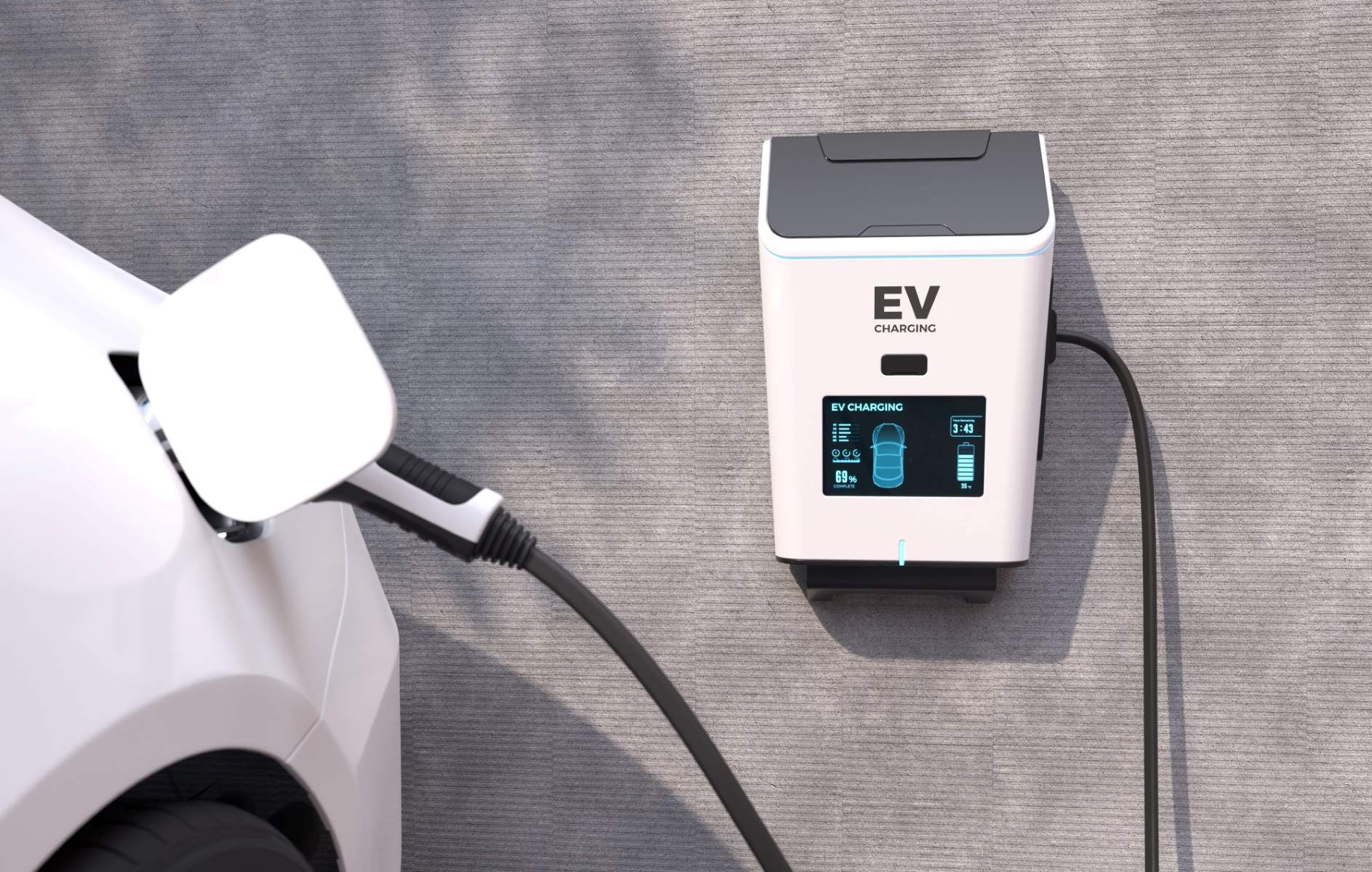
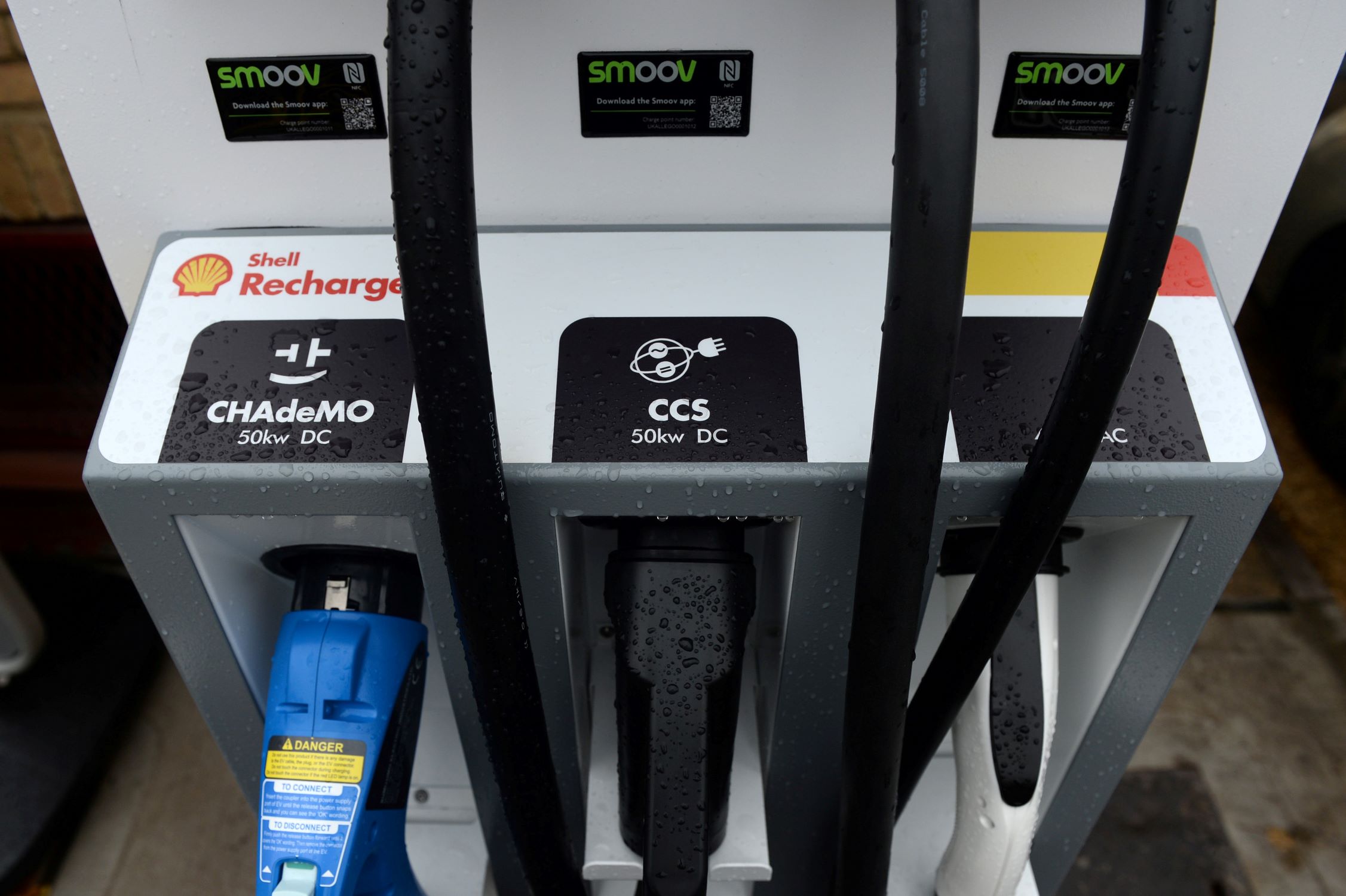
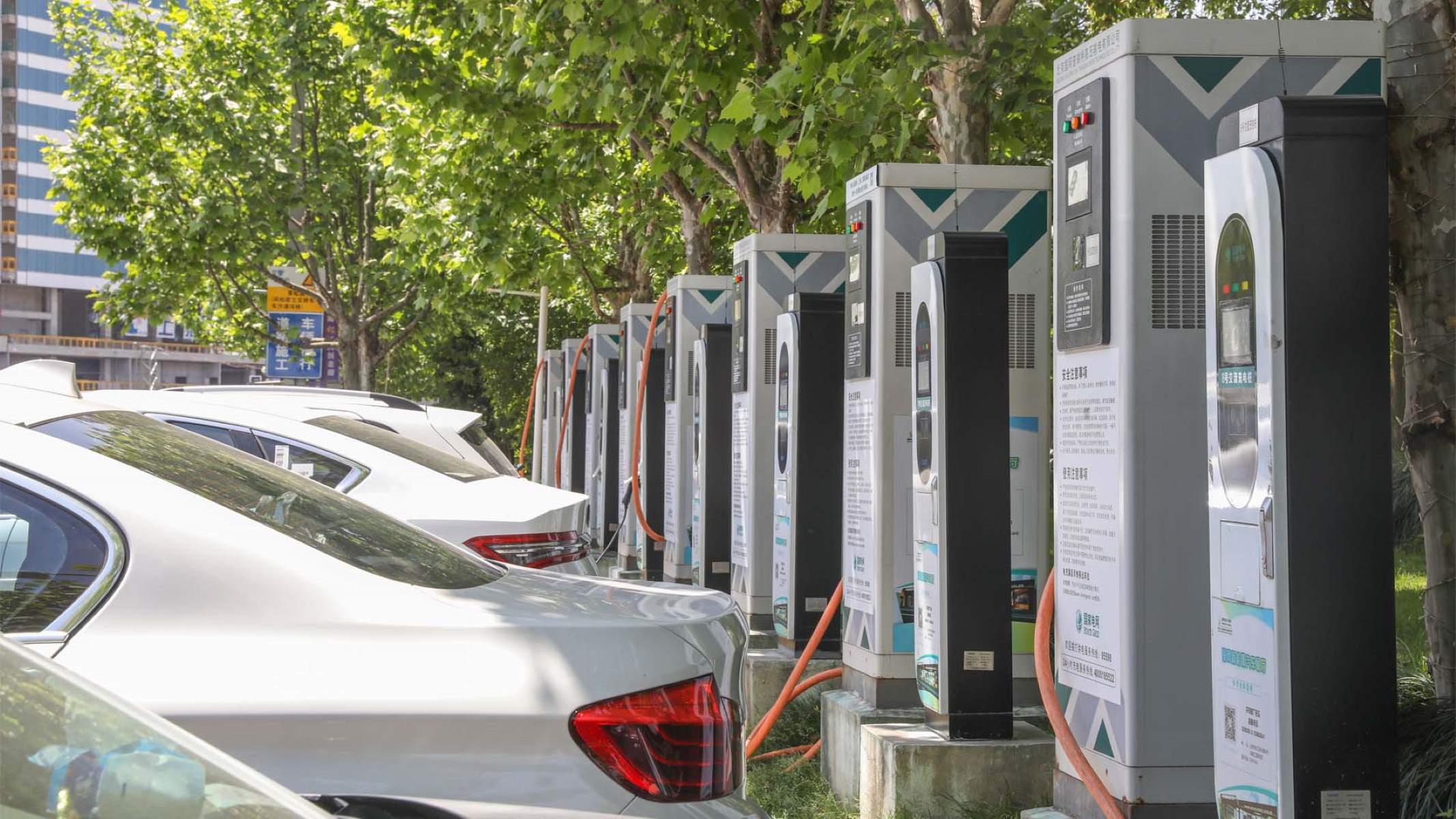

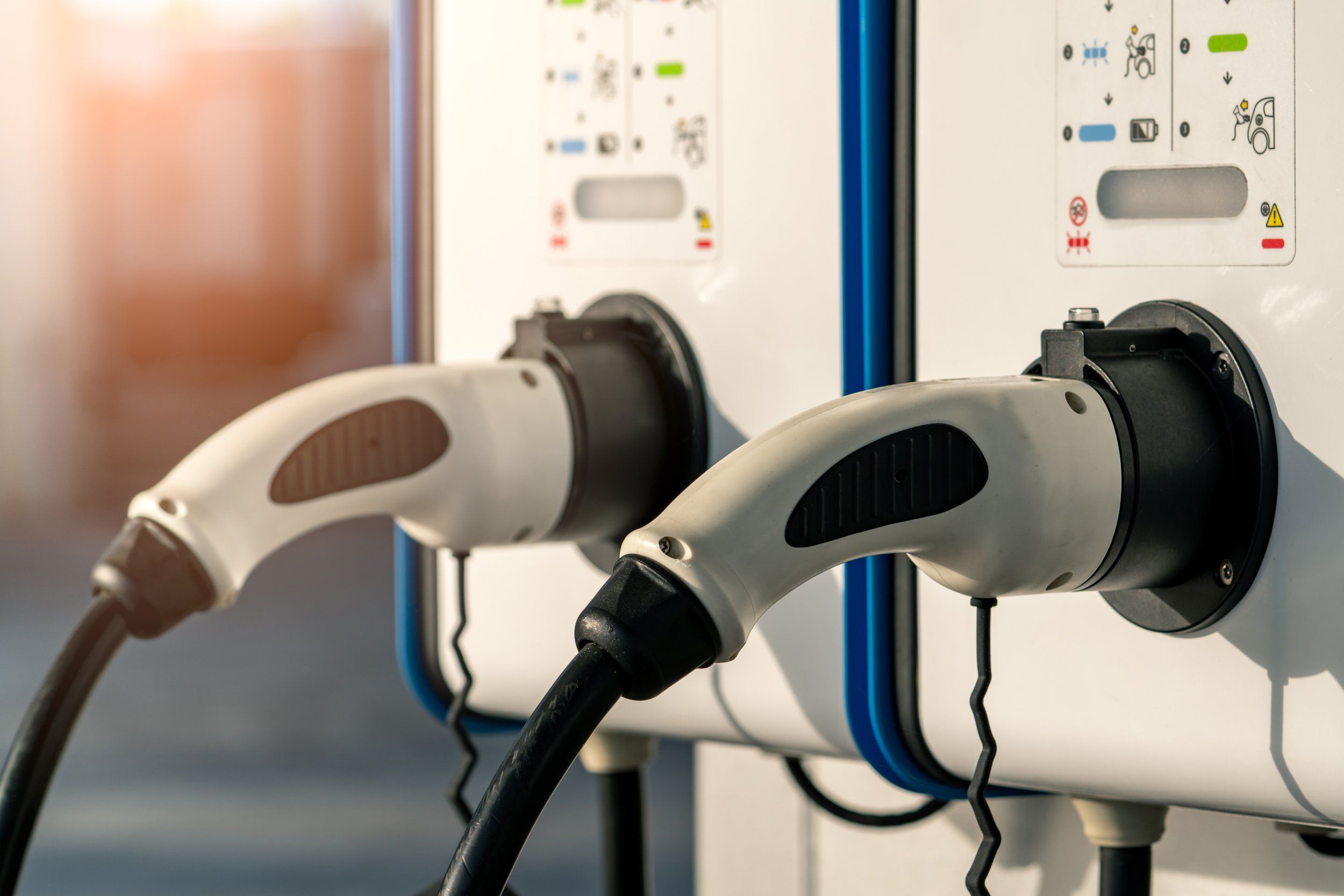
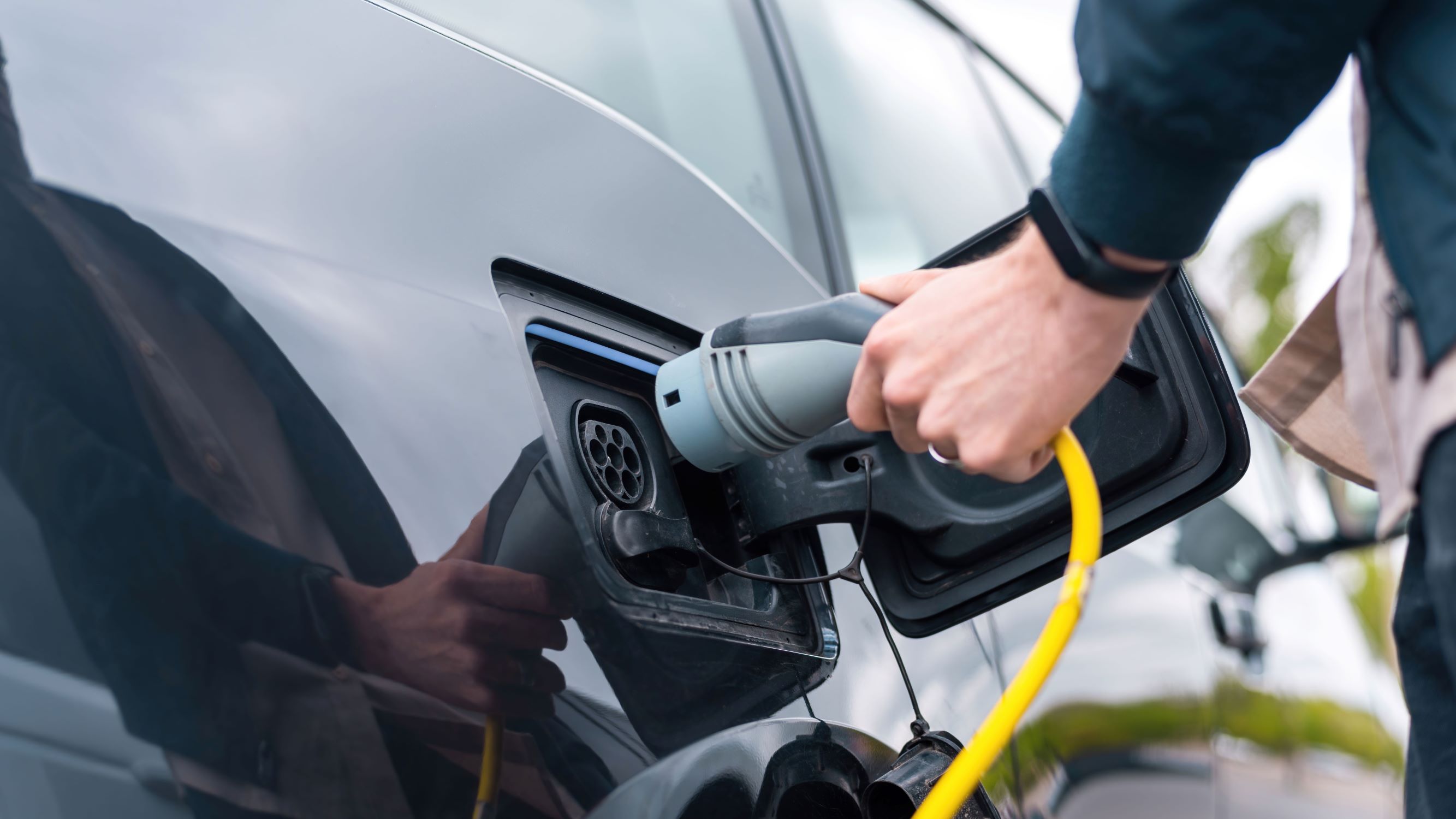
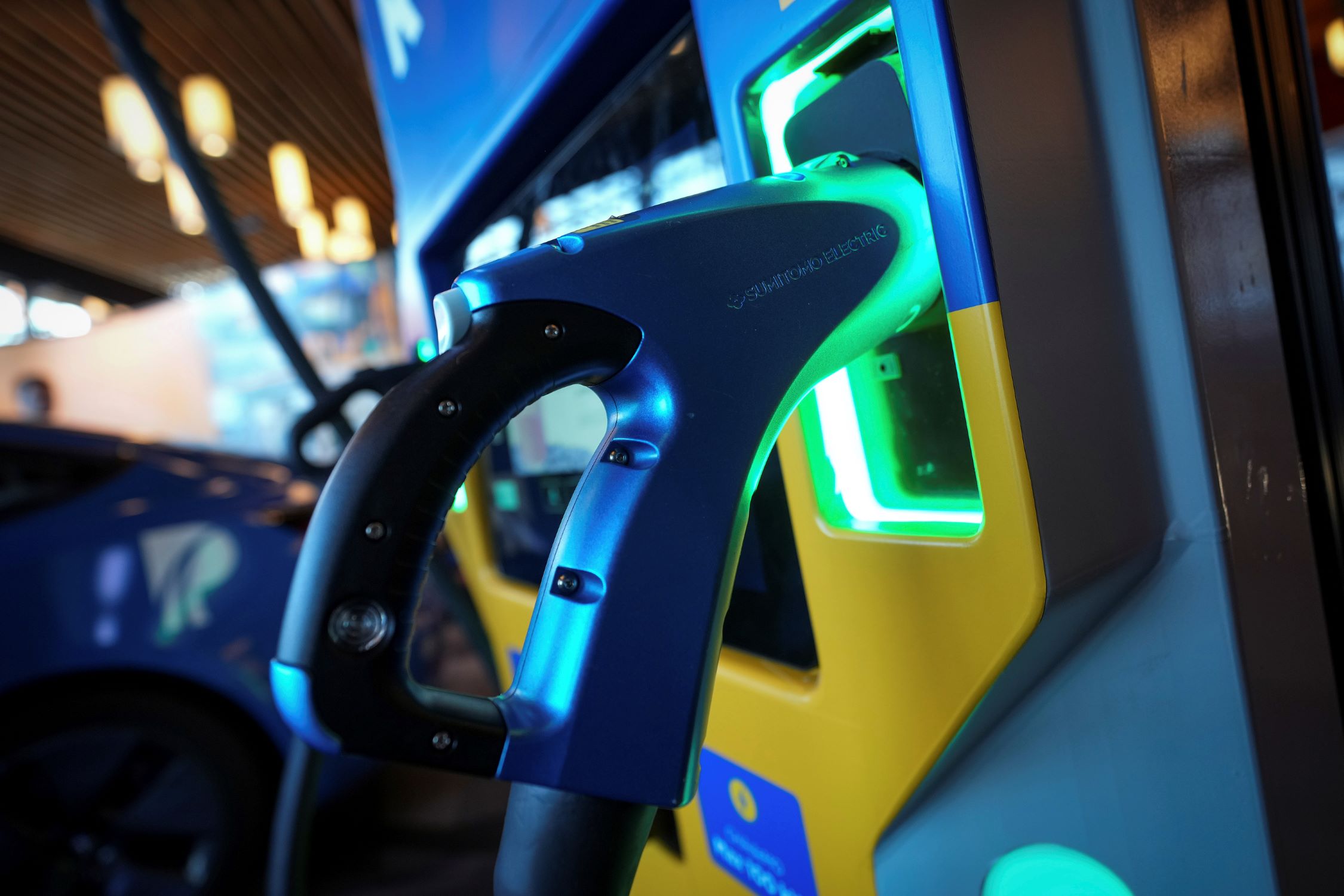

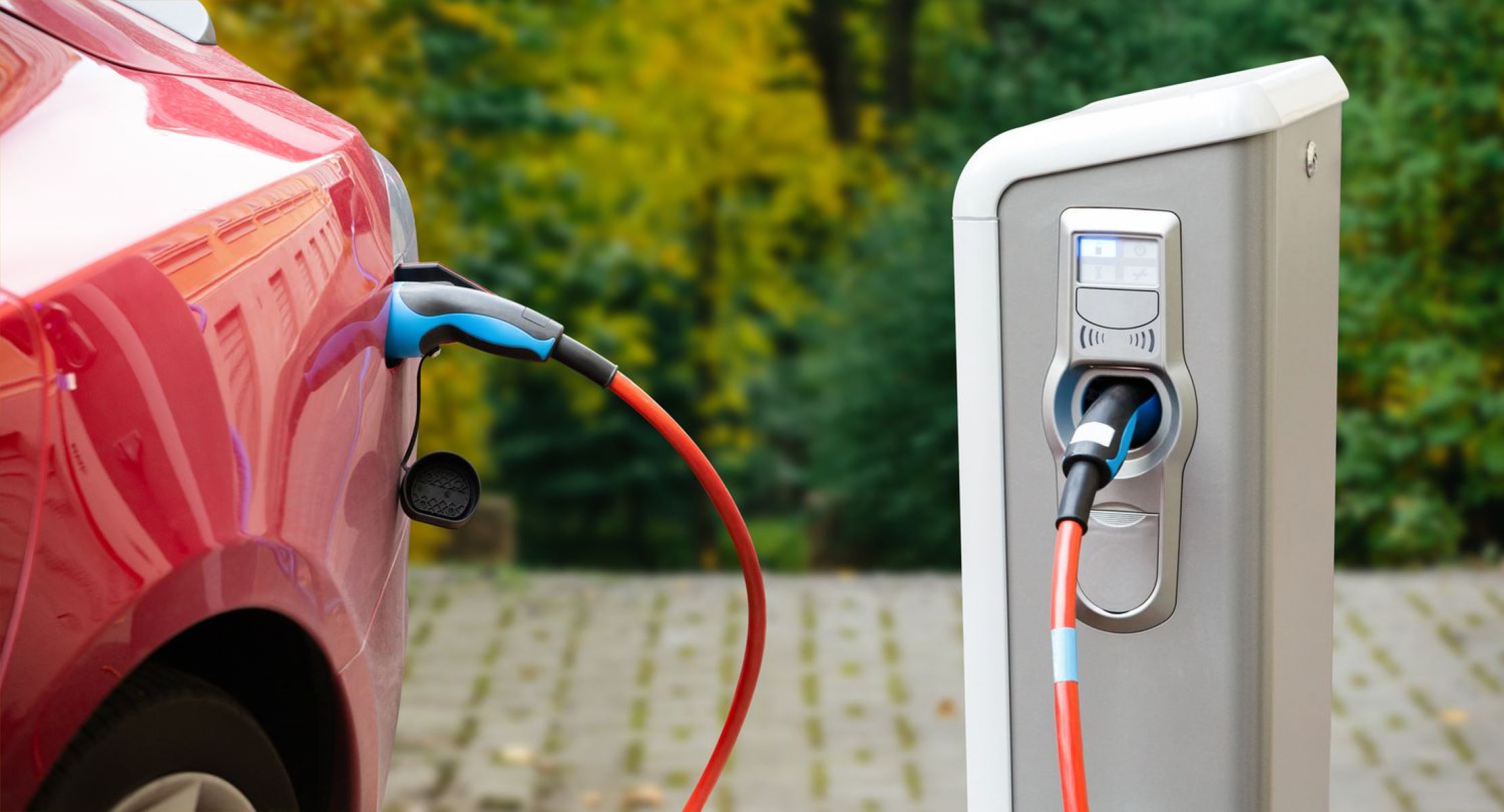
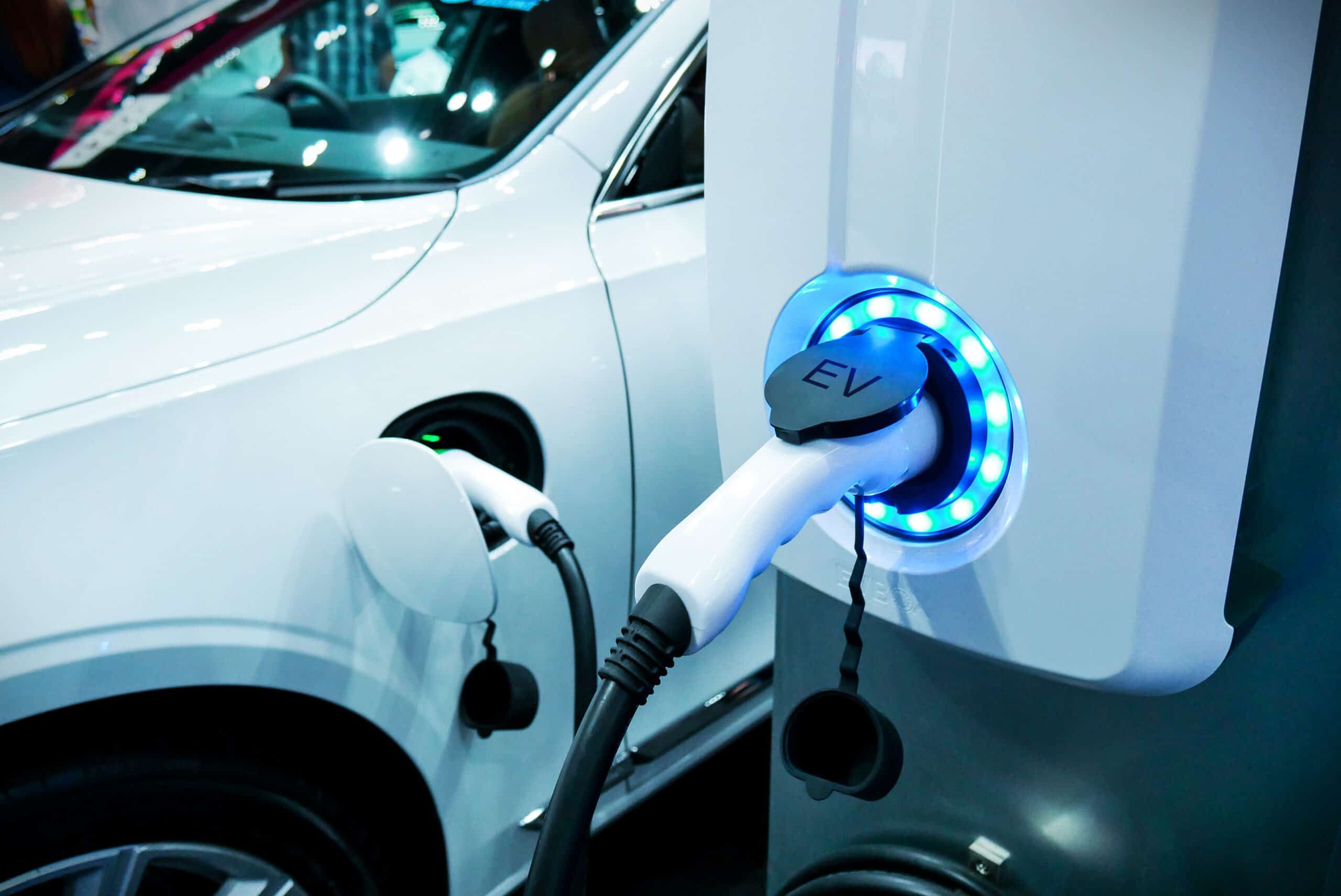
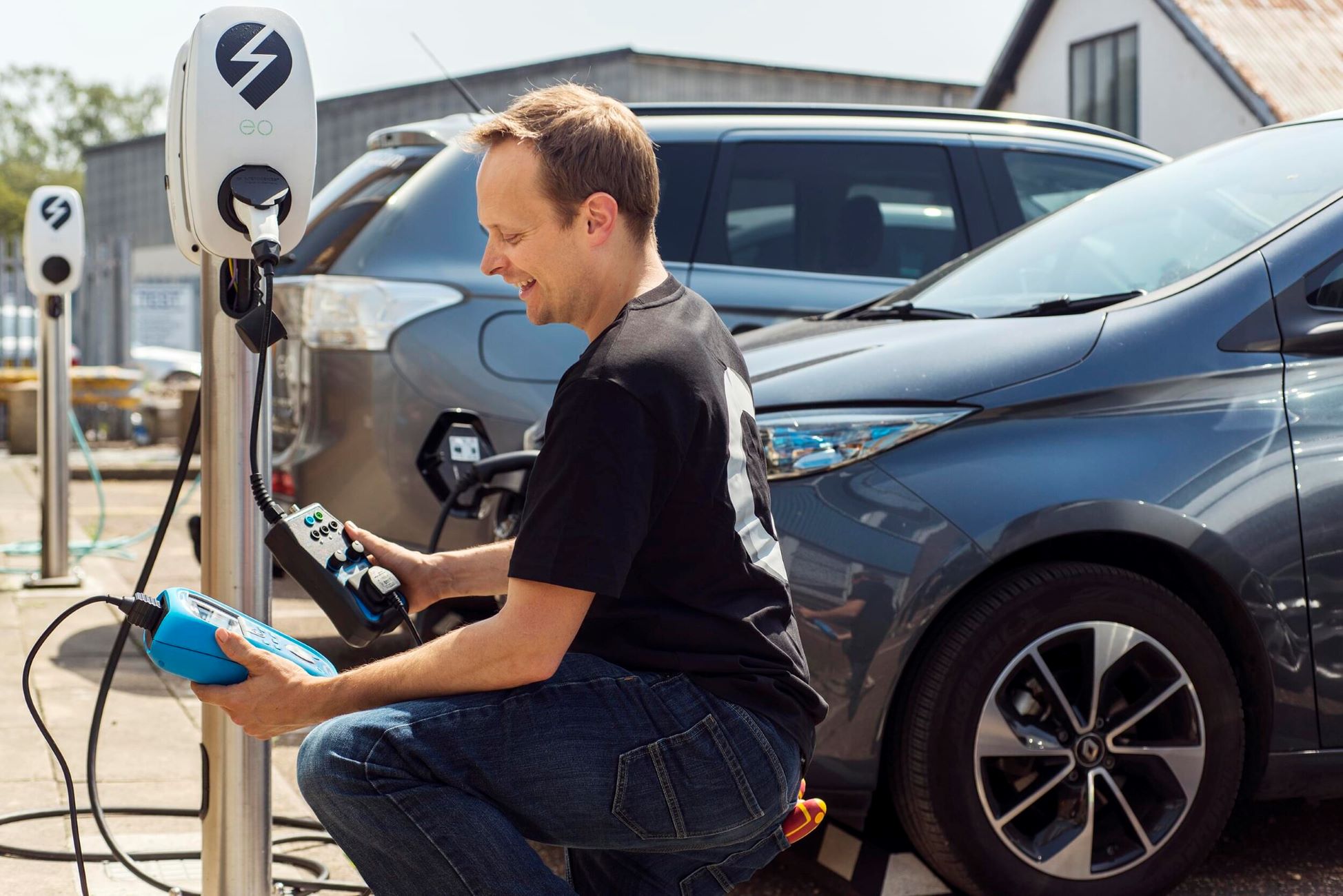
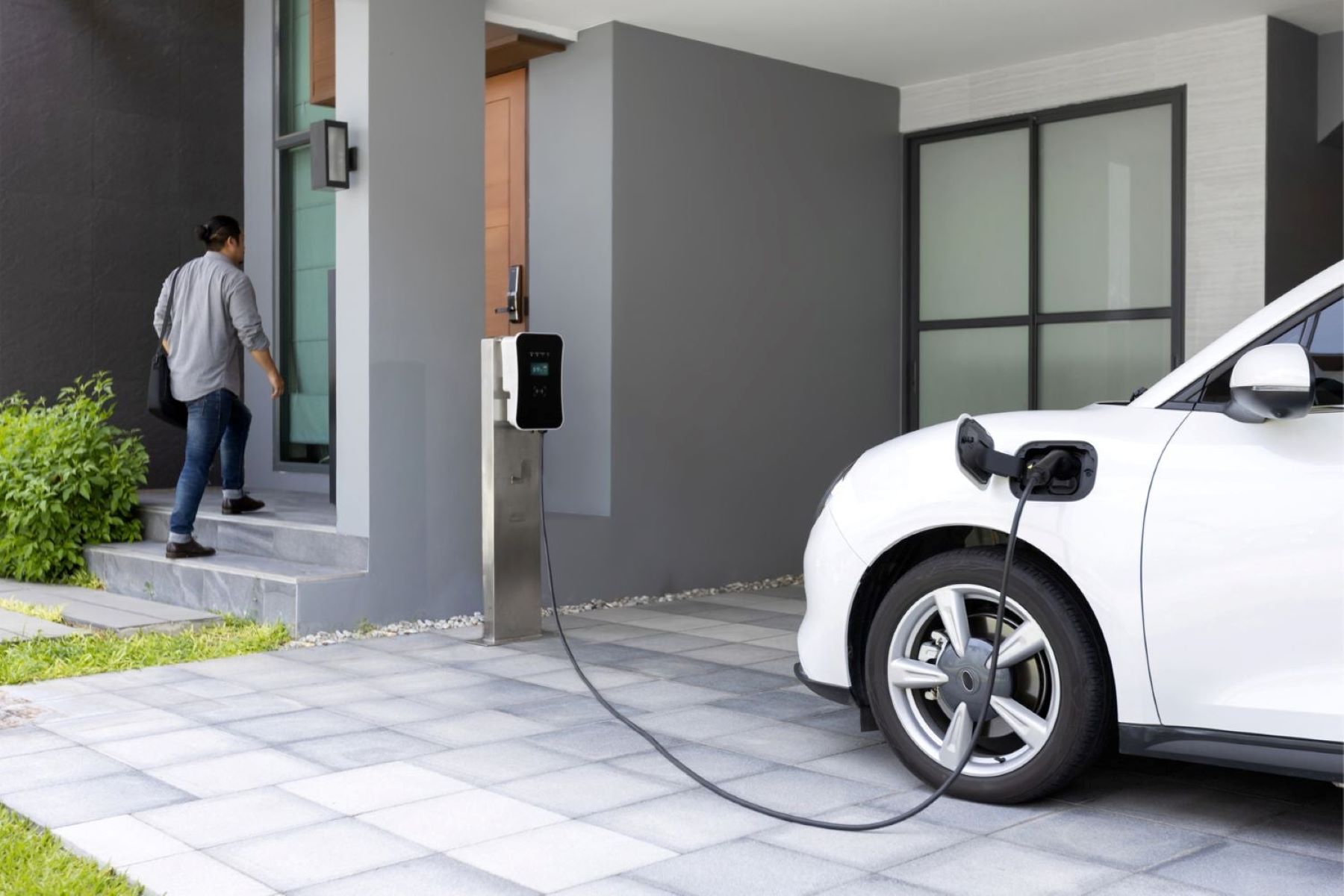
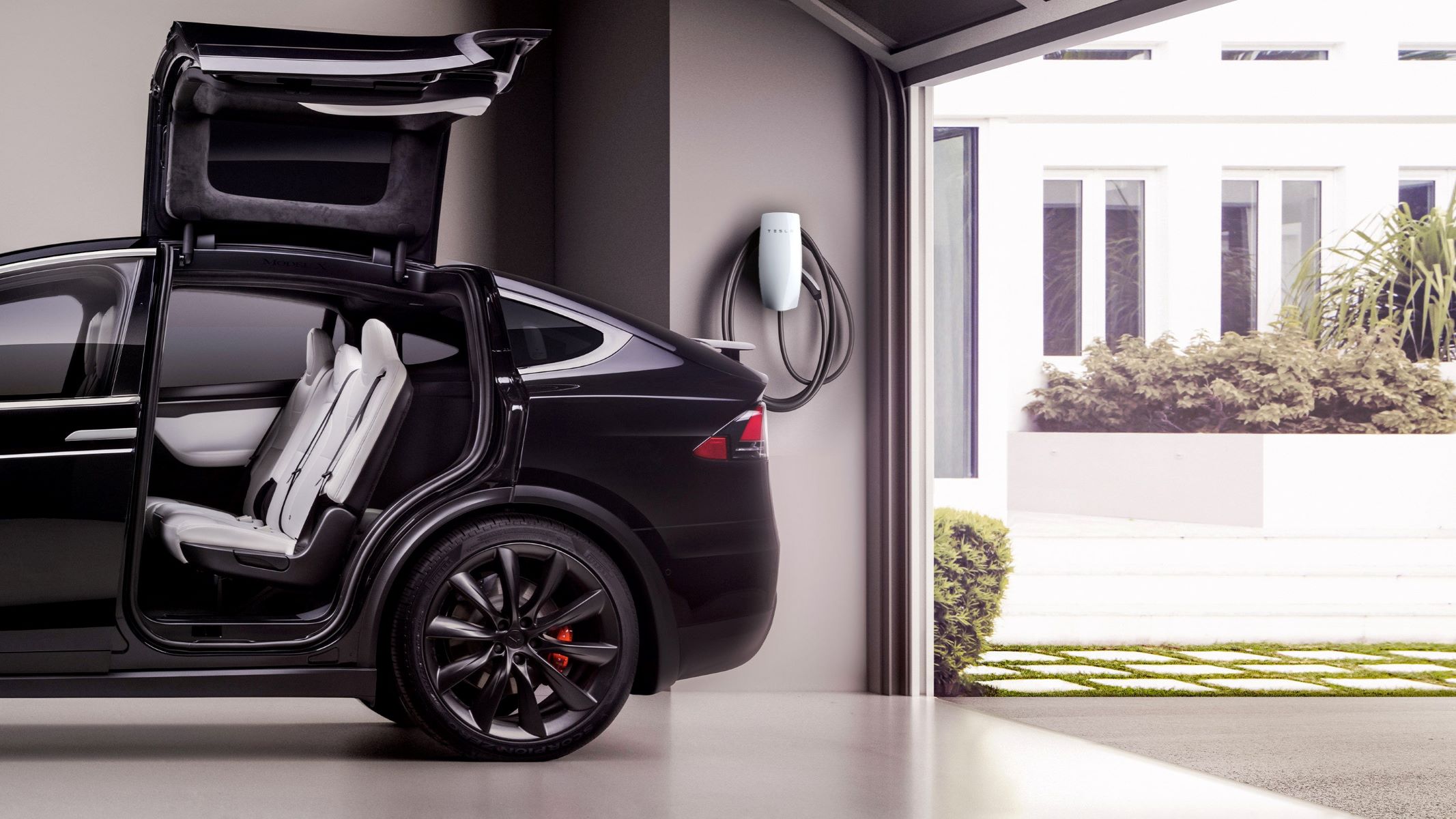
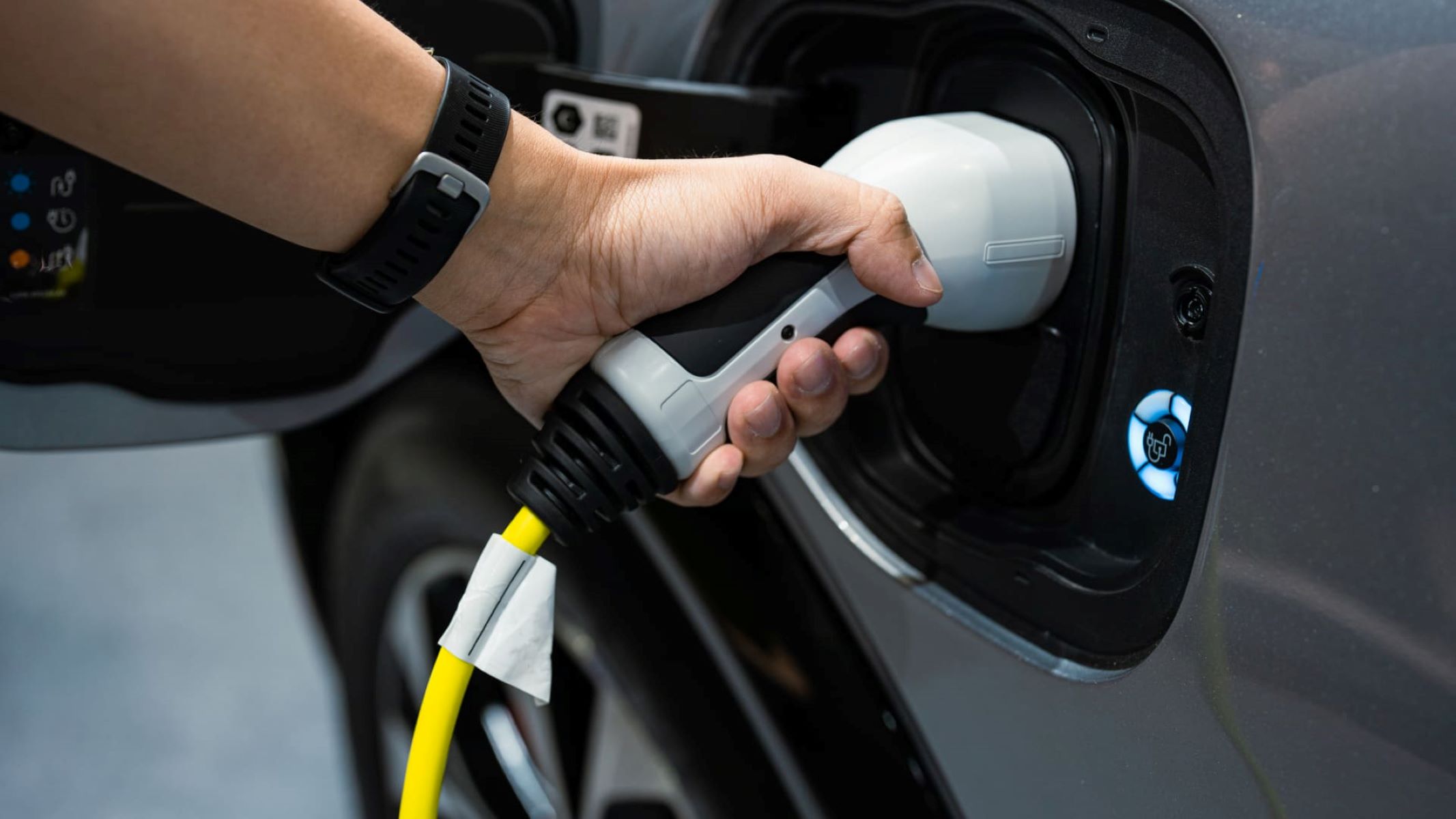

0 thoughts on “What Size Breaker For EV Charger”